- Category
- Anti-Fake
Russia’s Informational Alibi as a Ploy to Shift Blame for Its Atrocities, from Izium to Mariupol
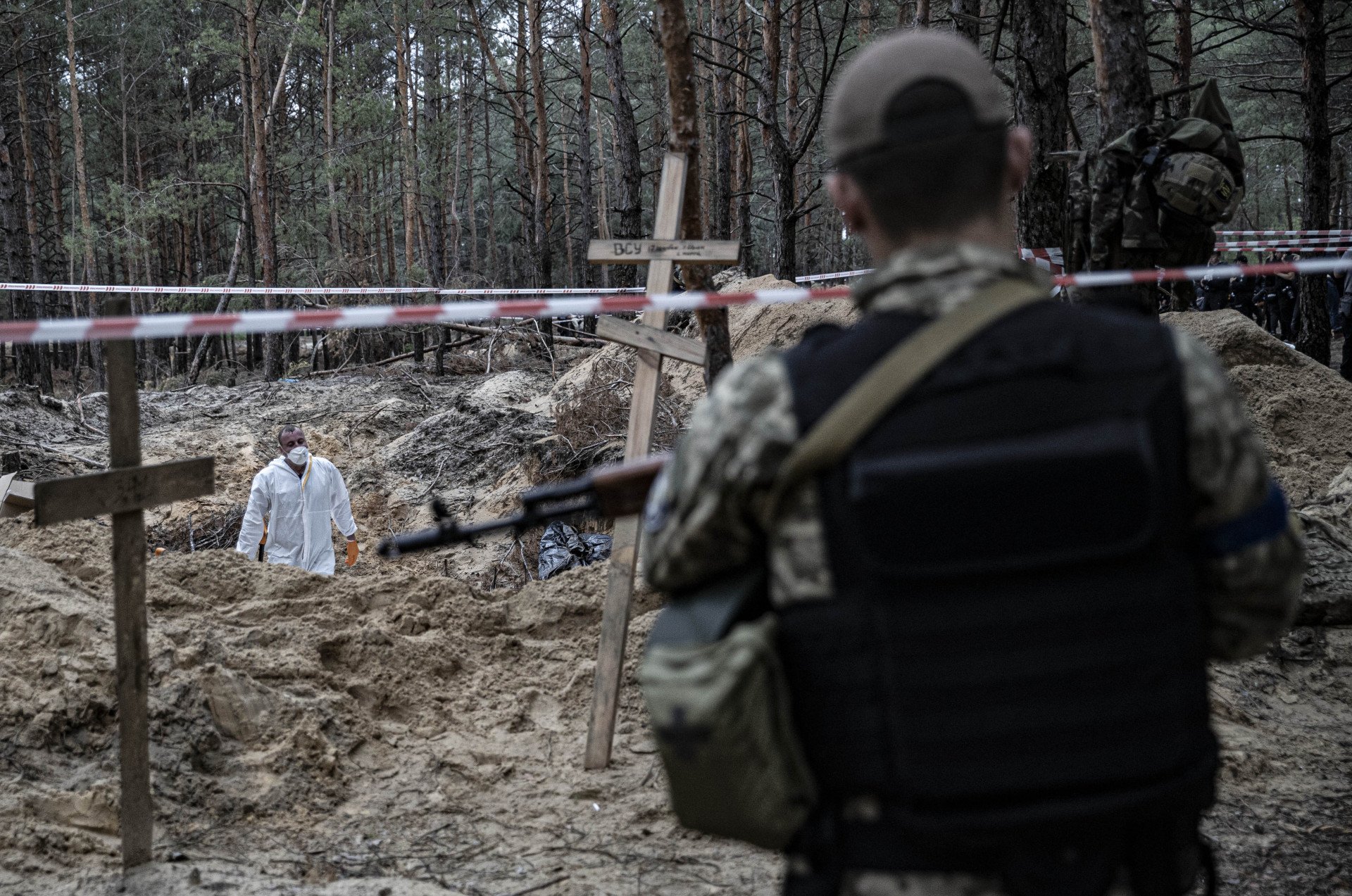
"Some bodies have ropes around their necks, tied hands, broken limbs, and burn wounds,” said Kharkiv region governor Oleh Syniehubov, recounting the horrors of Russian occupation in Izium. On September 15, 2022, Ukraine discovered several mass graves in the woods near the city. One site contained over 400 bodies of civilians and soldiers, tortured and killed by the Russian army.
When Russia launched its full-scale invasion of Ukraine in 2022, the city of Izium in the Kharkiv region stood defiantly against Russian troops. After a month of intense fighting and daily bombardments by the Russian air force—destroying 80% of homes and killing several hundred people—the city fell under Russian control. The next five months were a nightmare, only fully revealed after the Ukrainian Armed Forces liberated Izium. Authorities estimate that Russian forces killed around a thousand civilians. The brutality echoed the Russian crimes committed in Bucha and Irpin.
This was not the first Russian war crime, nor the last attempt to deflect blame. After abandoning the region, Russia crafted an “informational alibi.” Ukraine’s Center for Countering Disinformation (CCD) has systematically documented how Russia uses this tactic to obscure its crimes by preemptively accusing others of actions it itself has committed.

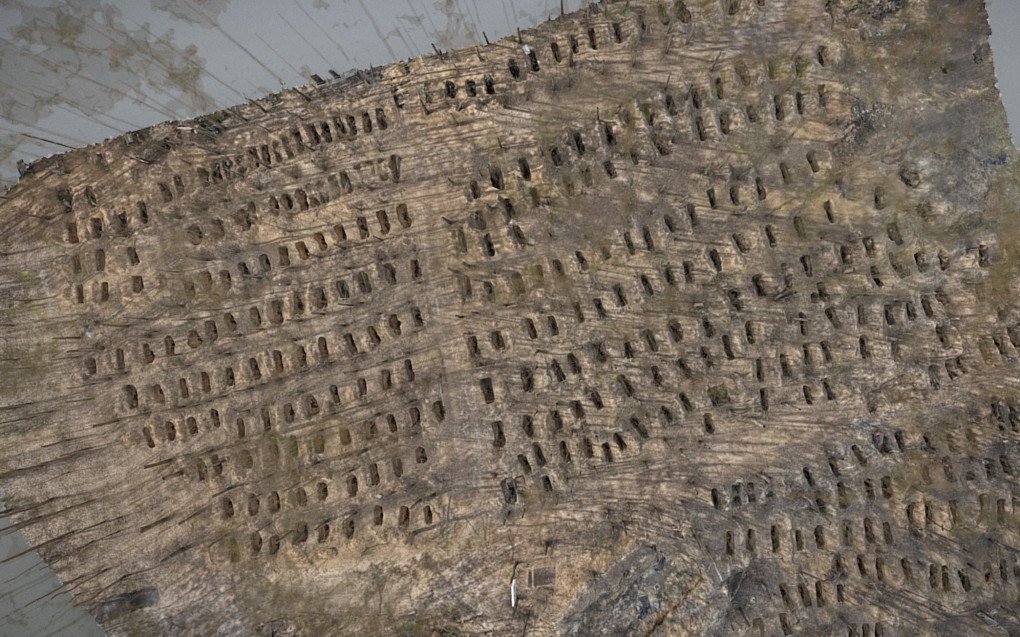
A member of Russia’s Civic Chamber Commission on mass media, Alexander Malkevich, claimed on September 12, 2022, that Ukraine was preparing a “provocation just like in Bucha.” As the world witnessed the atrocity of Russian occupation through photos and videos of the burials, Russian propaganda dismissed the evidence as “staged.”
Yet, the first mass grave was revealed to Ukrainians only on September 15. By September 17, Russian media was pushing the narrative that “crimes in Izium are another Ukrainian setup.”
Was this Russia’s only attempt at an informational alibi? The CCD has uncovered countless more.
Russia’s attack on Mariupol Drama Theater
On March 12, 2022, Russian Telegram channels claimed Ukraine was “preparing two provocations in Mariupol” including bombing a mosque and a theater. On March 16, Russian forces carried out an airstrike on the Mariupol Drama Theater, killing civilians, including children, who were sheltering inside.
“All the people are still under the rubble because the rubble is still there—no one dug them up,” said one of the survivors of the strike, Oksana Syomina. “This is one big mass grave.”
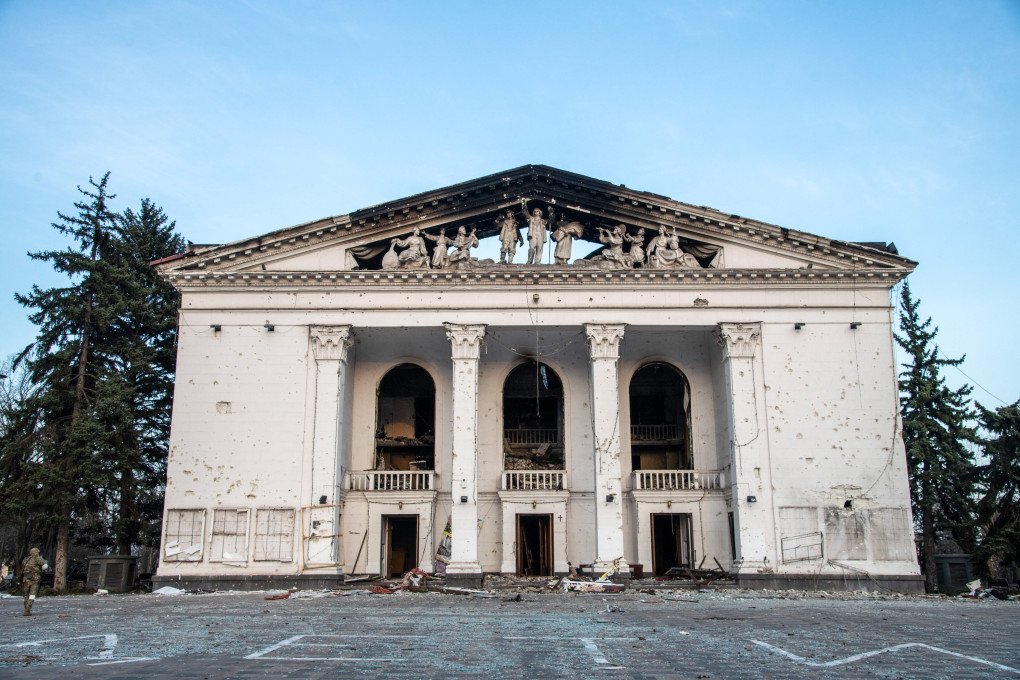
An Associated Press investigation has found evidence that the attack killed around 600 people inside and outside the building. That’s almost double the death toll cited before, and many survivors put the number even higher.
On the same day, Russian disinformation began shifting the blame to the Ukrainian Armed Forces. An article on Komsomolskaya Pravda’s website on March 17 featured a propaganda video with a so-called refugee from Mariupol accusing the Azov Brigade of the attack.
In collaboration with the OSINT agency Molfar, the CCD identified the “refugee” as Khrystyna Yemelkina, a resident of Mariupol. Before the full-scale invasion, the woman had visited Russian-occupied Donetsk and, in May 2023, received Russian citizenship. Her father, Andrii Yemelkin, is listed as an “accomplice of the militants of the illegal armed group ‘Somali.’”
This war crime was widely reported both in Ukraine and globally. Amnesty International’s June 30, 2022 report discussed Russia’s role in this terrorist act.
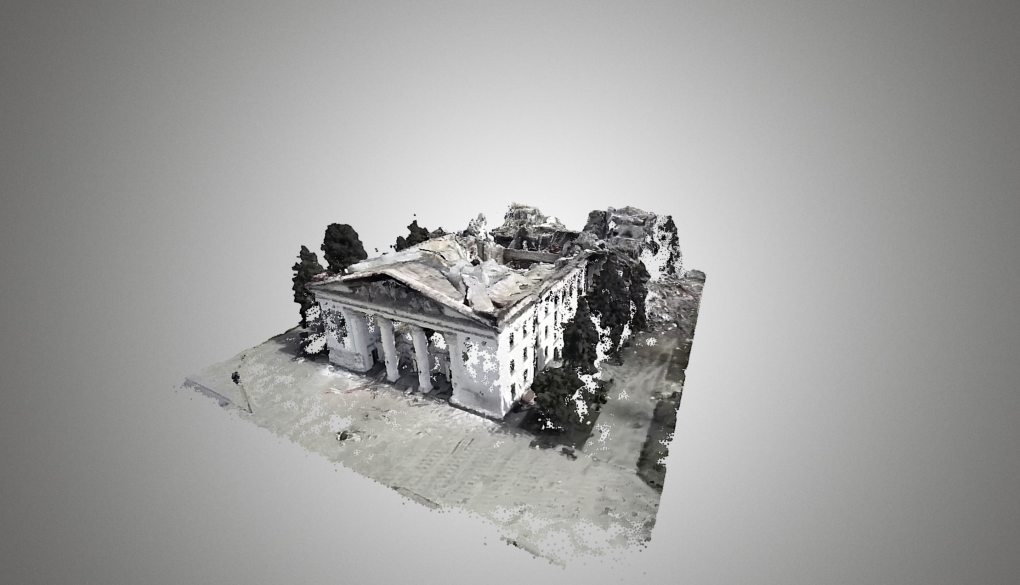
Russia’s missile strike on Kramatorsk
On April 8, 2022, Russia fired a missile at Ukrainian refugees at Kramatorsk railway station in the Donetsk region, killing 61 people and injuring 121.
A day before the attack, one Russian Telegram channel advised avoiding rail transport from Sloviansk, Kramatorsk, and nearby areas. Immediately after the missile strike, other channels claimed Russian troops were targeting "wagons with weapons" at the Kramatorsk station.
Even before the first reports of civilian casualties surfaced, Russian propaganda outlets like RIA Novosti were already blaming Ukraine for the Tochka-U missile strike on the railway station. This prompted anonymous Telegram channels to delete earlier reports of strikes on "wagons with weapons" and "concentrations of Ukrainian militants," shifting instead to spreading disinformation about a "Ukrainian provocation" and a "new Bucha for Western allies." In turn, the Russian Ministry of Defense claimed that "Russian forces planned no fire missions on April 8" and that Tochka-U missiles are used "only by the Ukrainian Armed Forces." However, experts and social media users quickly disproved these claims, providing evidence of the Russian army's use of these missiles.
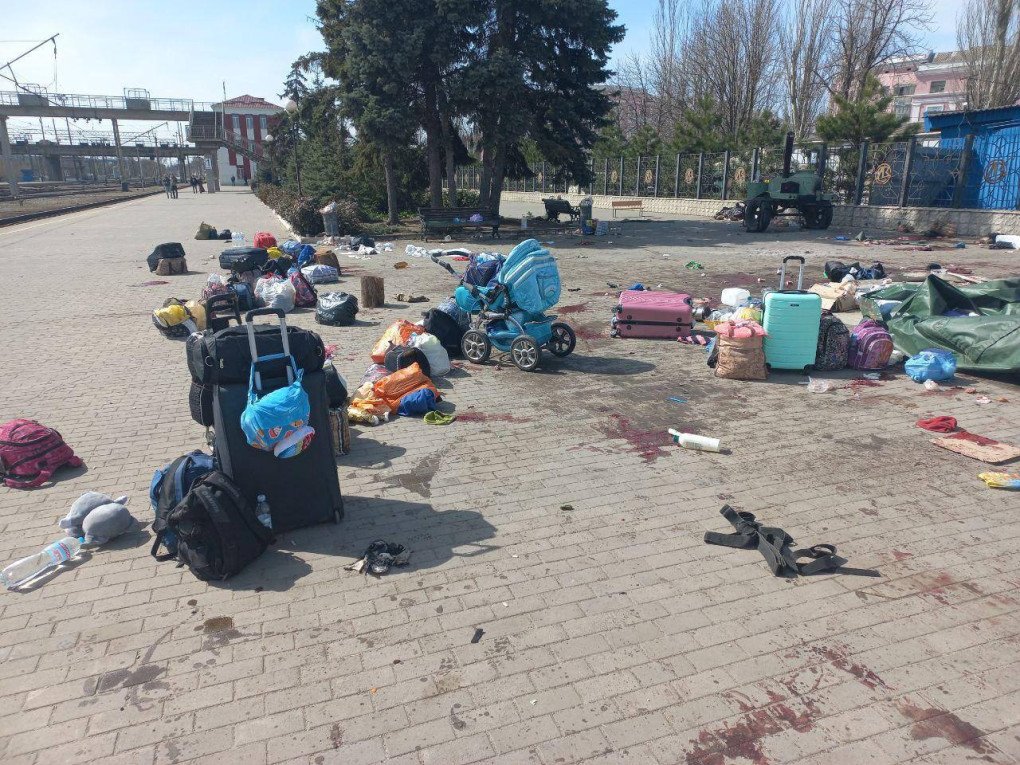
This war crime was extensively covered in both Ukrainian and international media. Human Rights Watch discussed Russia’s involvement in its February 21, 2023 report.
“The evidence strongly indicates that the missile that killed and wounded civilians at the Kramatorsk train station was launched from Russian-controlled territory in eastern Ukraine,” the report said. “The attack was a violation of the laws of war and a clear war crime.”
Russians murder Ukrainian prisoners of war in Olenivka
On June 5, 2022, a Russian Telegram channel “NEZYGAR” claimed Ukraine was planning a massive missile attack using a multiple launch rocket system (MLRS) on a prisoner-of-war camp in Olenivka, the Donetsk region, where Ukrainian soldiers were held. Later, on July 29, Russia committed a terrorist act at Olenivka, killing at least 53 and injuring around 70 Ukrainian POWs.
After the attack, the Russian propaganda outlets, like RIA Novosti and Lenta.ru, claimed that the Ukrainian forces struck Olenivka with HIMARS multiple rocket launcher, recounted Arsen Dmytryk, an eyewitness, and a former Ukrainian POW, Azov officer, and defender of Mariupol. If this were the case, those present in the barrack where the explosion occurred would have been “picked apart molecule by molecule,” he said. Dmytryk confirmed the international experts’ version regarding the use of thermobaric weapons but also noted another explosion.
“The building is reinforced concrete, metal,” he said. “For the fire to spread so quickly, it must have been a thermobaric blast. Or they could have launched Shmel rockets from the neighboring roof, or some kind of thermobaric device was used. There was also an impact—the guys saw and held the tails of the Krasnopol shells. These are the Russian 152 mm guided projectiles, like the American Excalibur.”
Following the attack, Russia launched a large-scale disinformation campaign to shift the blame onto Ukraine. Russian media began a smear campaign against Ukrainian President Volodymyr Zelenskyy, alleging he ordered the strike to prevent prisoners from testifying against the government.
The bombing of the Olenivka camp gained significant international media attention. CNN published an investigation on August 11, 2022, providing evidence of Russia's involvement in this terrorist act.
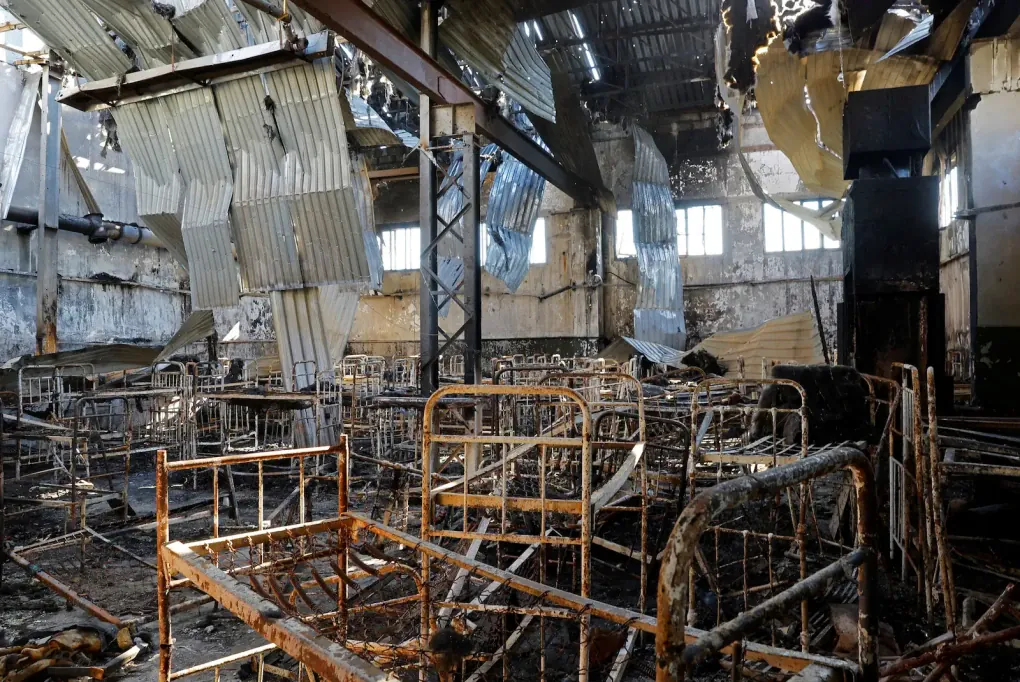
Russia’s strike on the Dnipro Hydroelectric Power Station
On March 21, 2024, the Russian Telegram channel "Unofficial Bezsonov" claimed that “Ukrainian special services” were preparing to blow up the Dnipro Dam, “just in time for the spring flood.” The following day, Russia launched a massive missile strike on Ukraine, hitting both the city of Zaporizhzhia and the Dnipro Dam.
Initial Russian reports of "unconfirmed hits" on the Dnipro Dam appeared on the same day, March 22, citing Unofficial Bezsonov’s previous claims.
The strike on the Dnipro Dam gained global media attention, with publications like NBC News highlighting Russia's involvement in this act of terrorism.
The CCD continues its work exposing Russian war crimes and its tactic of using fake news to evade responsibility. The pattern is clear: Russian atrocities are preceded by disinformation campaigns aimed at hiding the truth.

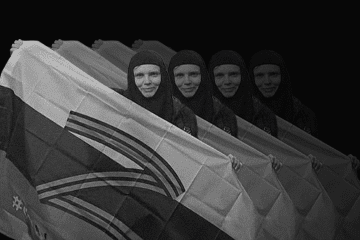
-46f6afa2f66d31ff3df8ea1a8f5524ec.jpg)
-8ddd9e24f95bb9d73d6d11d75f774999.png)
-29a1a43aba23f9bb779a1ac8b98d2121.jpeg)
-283d77c1379d612e6f72cf1b6de7dacb.png)
